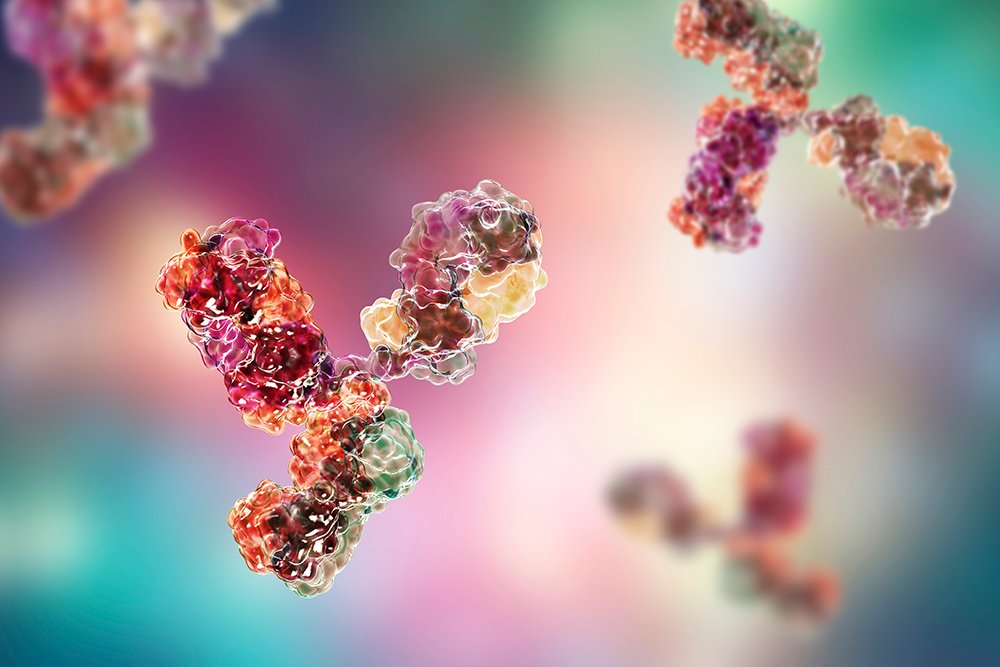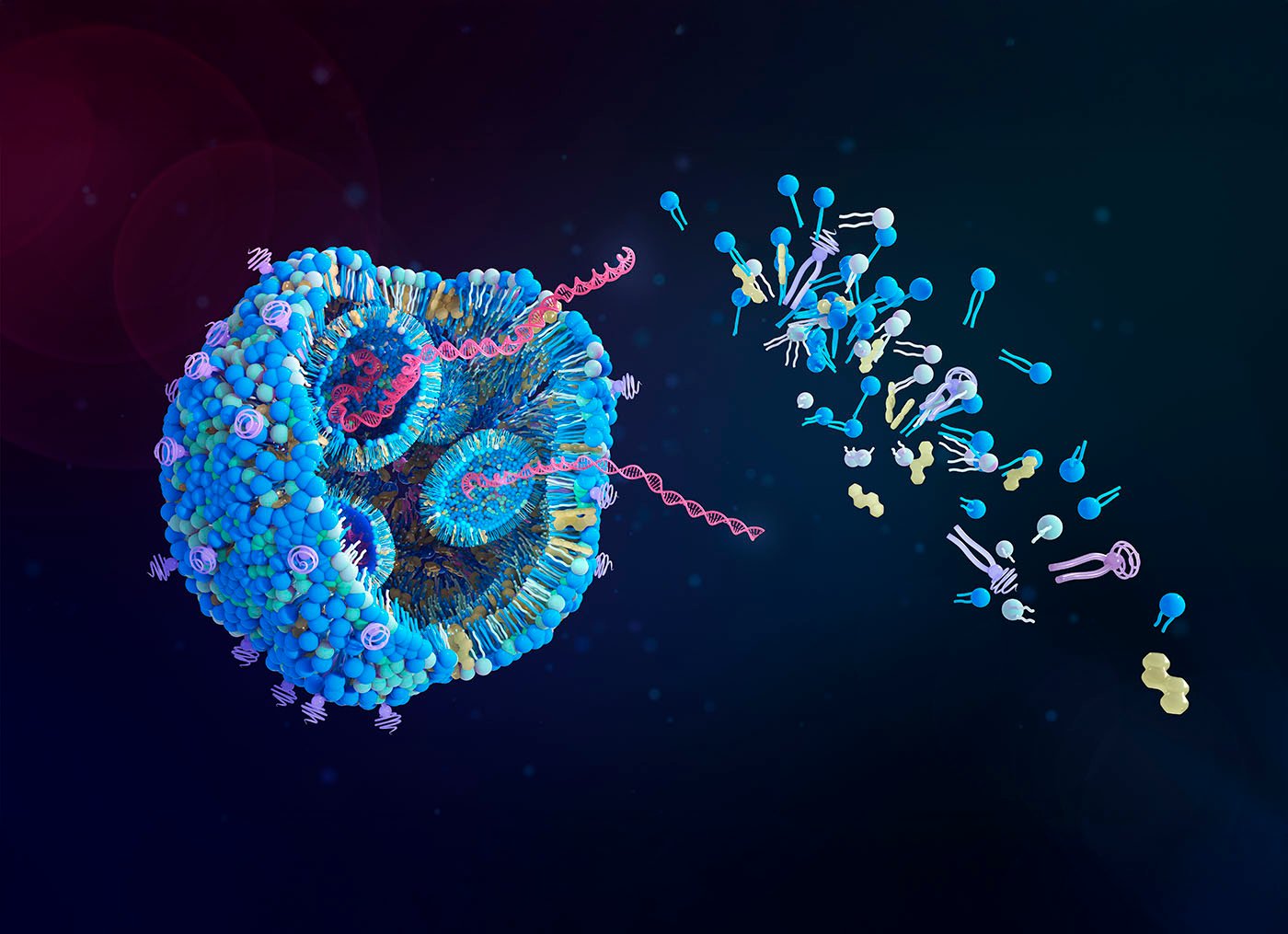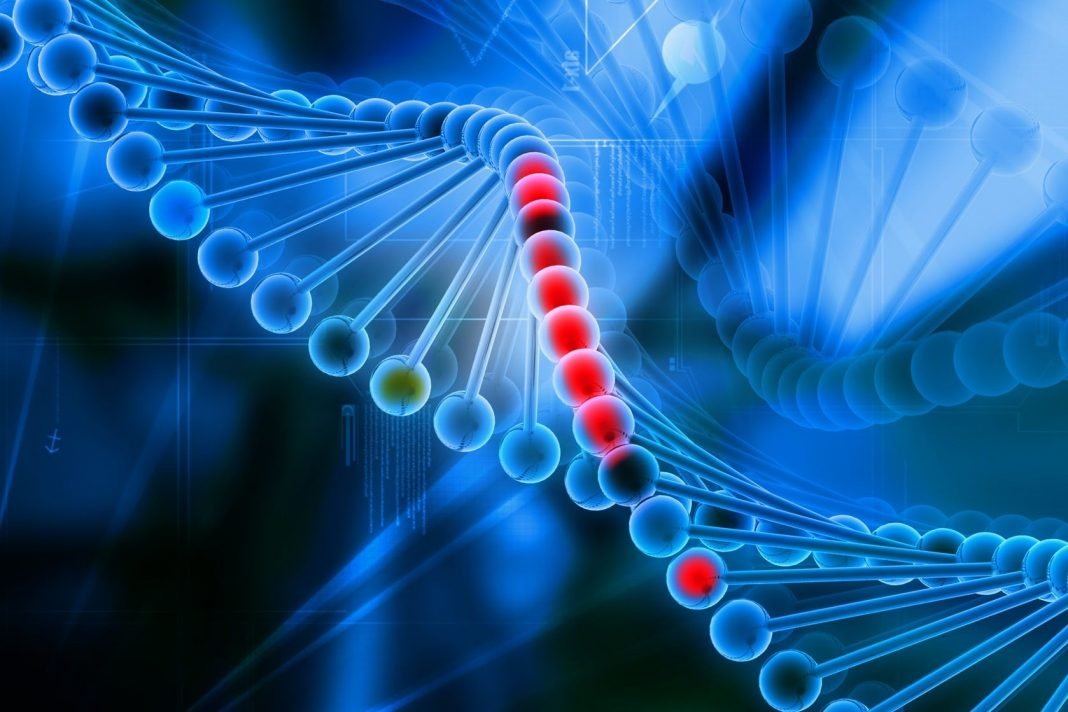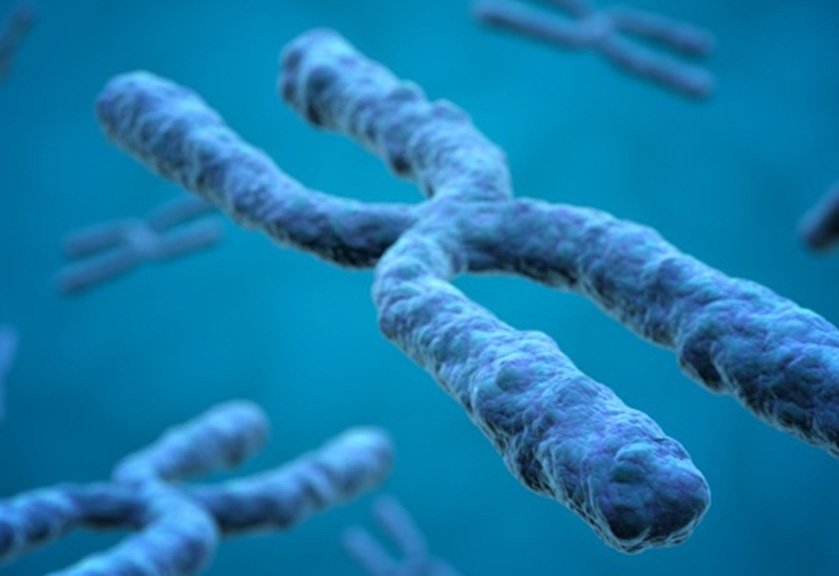“High quality, large-scale, fit-for-purpose datasets” continues to be the tagline for artificial intelligence (AI) models aiming to achieve scalable drug discovery to novel targets. While troves of public datasets from the Protein Data Bank (PDB) fueled AlphaFold, the AI milestone that made the grand leap of solving protein structure from sequence, sizable human translational data to power “zero-shot” drug design that can generalize to any therapeutic context remains an empty chest.
In a step toward addressing the human biology data gap, Jura Bio, a genomic medicines company, has announced VISTA, an AI-controlled data loop system to guide de novo (or from scratch) antibody design with applications in cancer therapy.
![Oligonucleosynthesis machine -- Jura's hardware/wetware codesign leverages existing microfluidic controls and gene synthesis procedures to execute generative AI sampling and synthesis directly in vitro [Jura Bio]](https://www.genengnews.com/wp-content/uploads/2025/07/VISTA_Fig-11-300x300.png)
Jura is backed by renowned geneticist George Church, PhD, who is a co-founder of the company and professor of genetics at Harvard Medical School. Known as a prolific biotech entrepreneur, Church is tied to dozens of groundbreaking biotech companies from eGenesis, a pioneer for pig-to-human organ transplantation, to Colossal Biosciences, known for its de-extinction initiatives.
“While computational protein design and genetic variation separately have been useful for decades, combined they are trillion-fold synergistic, filling each other’s serious gaps,” Church told GEN.
In the loop
While the antibody therapeutics space possesses a wealth of sequence data, obtaining functional annotations crucial for drug discovery remains an ongoing gap. VISTA addresses this challenge by generating large-scale training datasets on tens of billions of sequence-target protein-protein interactions in a data loop steered with laboratory feedback.
The loop iterates in four steps: 1) build and train a generative model to map the sequence space of interest, 2) sample and synthesize untested sequences at high-scale using variational synthesis, 3) deliver designed sequences into human cells to evaluate translational and developability properties, and 4) test designed sequences against targets and off-targets simultaneously to collect activity data.
“We have to map sequence to what really matters, which is clinical trial outcome,” Elizabeth Wood, PhD, CEO of Jura, told GEN. “Moving generative models for biological sequence into their natural hardware infrastructure with variational synthesis unlocked this tremendous scale that we’re able to approach.”
VISTA emphasizes high clinical relevance by training the initial model on 320 million sequences from healthy humans with N-of-1 patient safety profiles.
![Background on HLA-presented intracellular targets [Jura Bio]](https://www.genengnews.com/wp-content/uploads/2025/07/VISTA_Fig-4-300x300.png)
Using the platform, Jura has reported successful de novo design of human antibody-derived single-chain variable fragments (scFvs) for challenging tumor antigen targets, including PRAME, a protein that is often found in melanoma, and MAGE-A4, a member of a family of cancer-testis antigens. These cancer-driving proteins have been historically elusive to hit because of their intracellular location. Traces of these proteins are only revealed on the cell surface as short peptide fragments in a transient complex with human leukocyte antigens (HLA).
Compelling proof
Founded in 2017, Jura is headquartered in Boston and was originally positioned as an immune-based therapeutics company. In September 2023, the company announced a research collaboration with Replay Bio’s product company, Syena, to advance T cell receptor natural killer (NK) therapies in cancer before its AI technology platform eventually took the spotlight.
![Part of the Jura machine learning team near their HQ in Basel, Switzerland. Elizabeth Wood, PhD (CEO), Mattia Golub, PhD (Head of Machine Learning), Andrei Slabodkin, PhD (ML Researcher), Maryline Kienle, PhD (Head of Operations) [Jura Bio]](https://www.genengnews.com/wp-content/uploads/2025/07/JURA_Team_Basel-241x300.png)
“The infrastructure we had built had become so powerful that it became the center of our attention,” Wood recalled. “We saw a real opportunity to use our underlying technology to solve more generic problems around creating sufficient data to train AI models.”
As the human antibody repertoire has theoretical access to over one quadrillion antibody combinations, Wood emphasized that targeted data generation guided by a wet lab informed AI feedback loop is imperative to avoid spending “10,000 years of time looking at the wrong places.” Research directions, such as modulating hit rate to tune the boundaries of explorable sequence diversity, require informed decision-making on a problem-by-problem basis. “With VISTA, we don’t have to make those decisions blind,” said Wood.
Additionally, in drug discovery, where each candidate can be a “$2 billion liability” between discovery and market approval, achieving reliable de novo designs provides a meaningful step toward scalable and cost-effective drug discovery pipelines. In this vein, VISTA can complete testing of 100 million new antibody designs at the same time, a scale that would cost hundreds of millions of dollars if approached using brute force expenditure alone.
Taken together, Wood highlights that applying VISTA to antibody therapeutics, a highly documented modality with established markers of success early in the development process, achieved goals of both education and demonstration for this data loop system.
“When you move away from an extremely well-characterized modality, others may not value the criteria of our design programs as much as we do,” said Wood. She highlights that showing success in antibodies is “more compelling” as a first proof-of-principle for the VISTA platform.
The post Jura Bio’s AI Data Loop Enables Large-Scale De Novo Antibody Design appeared first on GEN – Genetic Engineering and Biotechnology News.




